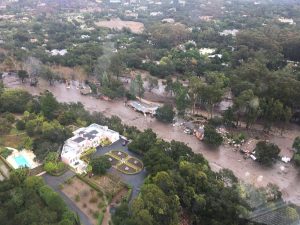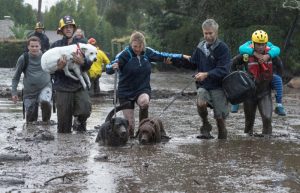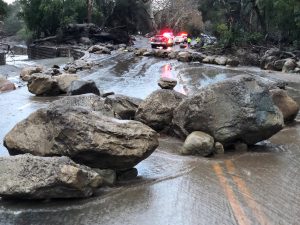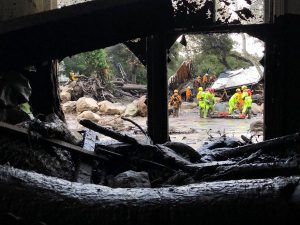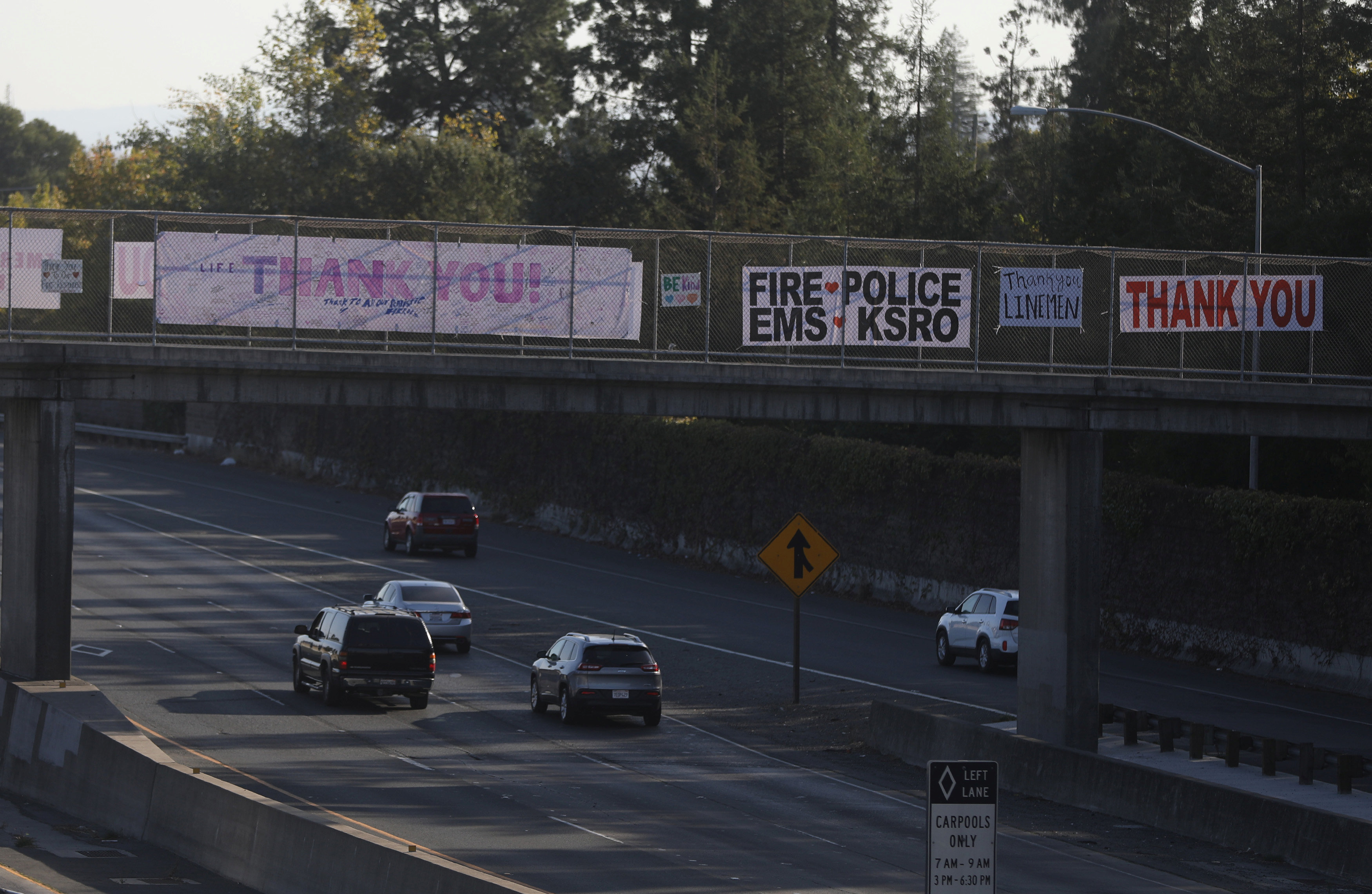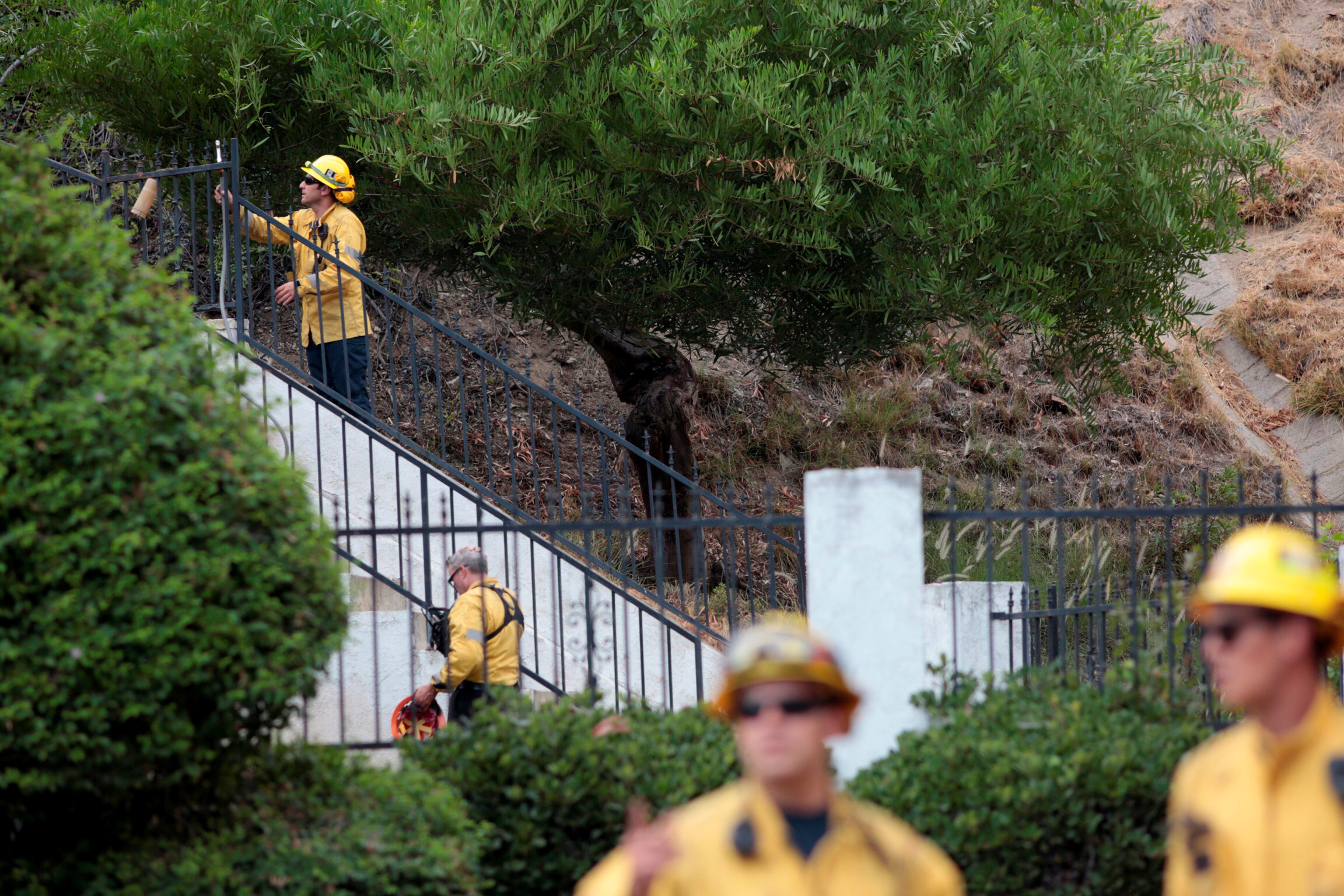
By Daniel Trotta
NEW YORK (Reuters) – The U.S. East’s fourth major snowstorm this month brought heavy snow on Wednesday, snarling flights and commuter travel, closing schools and triggering emergency declarations in several states.
The storm will have passed over the Northeast by dawn Thursday. By then, it will have dumped 8 inches of snow on Philadelphia, 12 inches on New York City, and 17 inches over northern Maryland and southern Pennsylvania, said Weather Prediction Center meteorologist Marc Chenard.
The storm faded as it reached New England, which received less snow than had been forecast, Chenard said.
The wintry blast on the second day of spring was dubbed “four’easter” by some media outlets because it struck after three previous storms this month. Those nor’easters left nine dead and more than 2 million homes and businesses without power.
While he offered no guarantees, Chenard told Reuters: “At this point, I would say there is a good chance this is the last” Northeast snowstorm for March.
New York state Governor Andrew Cuomo declared local emergencies for New York City and five nearby counties.
Schools in the largest U.S. school district in New York City will reopen on Thursday after being shut on Wednesday, city officials said.
“Don’t go out unless you absolutely have to go out,” New Jersey Governor Phil Murphy said on Twitter on Wednesday. Murphy on Tuesday declared a state of emergency as crews cleared roadways and transit bus service was suspended statewide.
Murphy said at least one death was caused by the storm in a traffic crash, NJ.com reported, and the New York Daily News reported that a woman was killed on Long Island in another traffic accident.
Delaware Governor John Carney also declared a state of emergency for Wednesday.
Throughout the East Coast, many other buses and trains, including some Greyhound bus and Amtrak rail routes, that millions of people rely on to commute to and from work and school also canceled service on Wednesday.
With many commuters staying home, New York City’s normally bustling Times Square was sedate.
“We’re not going to let the snow get in the way of our snow day,” said Cheryl Mandelbaum, 30, an elementary school teacher who was taking pictures with a friend, another teacher who had the day off.
Several inches of snowfall in Washington and its suburbs forced the closure of federal government offices, according to the U.S. Office of Personnel Management. The office also said federal agencies told workers to arrive two hours later than usual on Thursday, work remotely or take the day off.
Washington schools were also closed, and children in Philadelphia, parts of New Jersey and Pittsburgh also enjoyed a snow day. In Boston, students were told to trudge to school.
The National Weather Service said that farther inland, snow also blanketed parts of Ohio, Indiana and Kentucky.
Airlines scrapped 4,444 flights within, into and out of the United States, according to flight tracking website FlightAware, and 3,206 U.S. flights were delayed.
As the storm ends for the Northeast on Thursday morning, parts of coastal California will be poised for possible mudslides.
About 25,000 people were under mandatory evacuation orders in Santa Barbara and Ventura counties, Santa Barbara officials said on Wednesday night. The evacuations are called mainly in hillside areas burned by winter wildfires and where in January 21 people were killed in mudslides.
No one had been hurt by Wednesday night, said Kelly Hoover of the Santa Barbara County Sheriff’s Office, who added that heavy rains were expected from 5 to 11 a.m. on Thursday.
(Additional reporting by Alana Wise and Scott DiSavino in New York, Bernadette Baum in Montclair, New Jersey, Suzannah Gonzales in Chicago, Keith Coffman in Denver, Eric Walsh in Washington and Brendan O’Brien in Milwaukee; Additional reporting and writing by Bernie Woodall in Fort Lauderdale, Fla.; Editing by Jonathan Oatis and Himani Sarkar)

